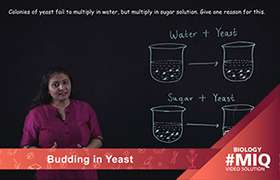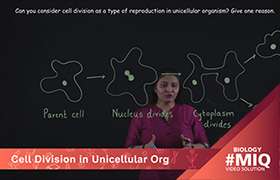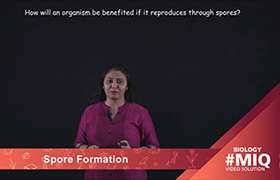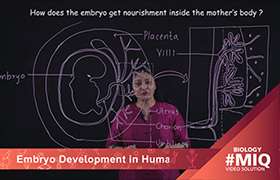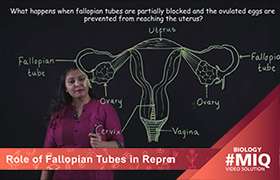CBSE Class 10 Answered
Base pairs of DNA, i.e. Adenine (A) always pairs with Thymine (T) by a double bond. Guanine (G) always pairs with Cytosine (C) by a triple bond. Mispairings of a different nature such A (Adenine) with a G (Guanine) instead of T(Thymine) may cause errors in DNA copying and replication. It occurs due to mistakes made by enzymes involved in replication. Insertions or deletions of nucleotide bases also cause inaccuracy in DNA replication. The 3'- 5' exonuclease activity of DNA polymerase such as DNA polymerase III is responsible for the correction of mistakes made while DNA copying. This polymerase proof-reads the newly formed strand of DNA and immediately replaces the incorrect nucleotide with the correct one. Errors that occur while DNA copying are a source of variation.


